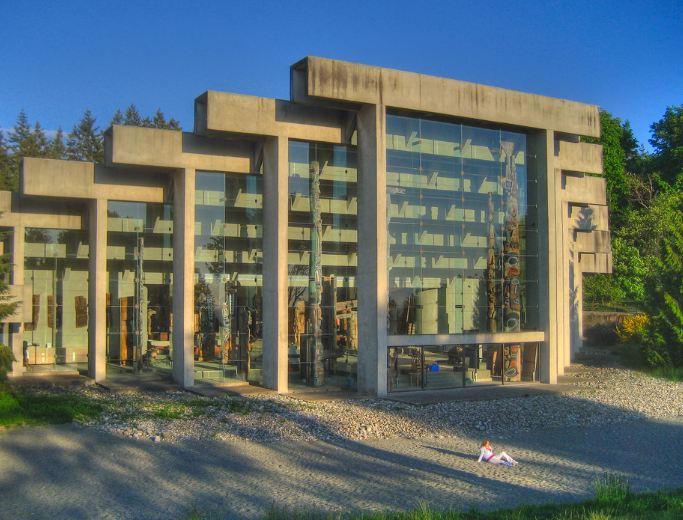Cornelia Oberlander: A Pioneer in Landscape Architecture
Cornelia Oberlander, a renowned landscape architect, has made significant contributions to urban design and environmental sustainability. Her work reflects a deep commitment to integrating nature within urban spaces, which is increasingly relevant in today’s fast-paced, concrete-dominated cities. This article celebrates her legacy and explores the impact of her innovative designs.
The Early Years: Foundations of a Visionary
Born in Germany in 1921, Cornelia Oberlander moved to Canada after World War II, bringing with her a unique perspective on landscape architecture. She studied at the University of Toronto and later refined her skills under the mentorship of the esteemed landscape architect, Richard Haag. Cornelia’s early experiences shaped her understanding of the environment and urban settings, emphasizing the importance of incorporating natural elements into design. Her dedication to education and mentorship has inspired countless aspiring landscape architects to think creatively about their practice.
Notable Projects: Blending Nature and Urban Life
Oberlander’s portfolio boasts an impressive array of projects that demonstrate her innovative vision. One of her most famous works is the landscape design for the Canadian Museum for Human Rights in Winnipeg, where she expertly integrated gardens and pathways that enhance the visitor experience while respecting the area’s natural landscape. Another project is the patio for the Vancouver Public Library, which reflects her belief that public spaces should engage and inspire communities. Through her designs, she has shown that landscapes can be both functional and beautiful, providing a sanctuary for relaxation and reflection in bustling urban environments.
Legacy and Influence: Inspiring Future Generations
Cornelia Oberlander’s impact goes beyond her individual projects; she has also played a vital role in advocating for sustainable design principles. Her commitment to environmental stewardship has influenced policy changes and encouraged a new generation of landscape architects to prioritize ecological integrity in their designs. She has received numerous awards and honors for her work, including being inducted into the Order of Canada, a testament to her lasting influence on the field. By sharing her insights through lectures and mentorship, Oberlander continues to inspire others to view landscapes not just as spaces to fill, but as living entities to nurture.
In conclusion, Cornelia Oberlander’s contributions to landscape architecture resonate powerfully in today’s world. Her innovative designs and advocacy for sustainability remind us of the crucial relationship between urban living and nature. For those interested in landscape architecture or environmental design, exploring Oberlander’s work provides valuable insights and inspiration. Take a moment to learn more about her projects and embrace the natural elements in your own surroundings.

